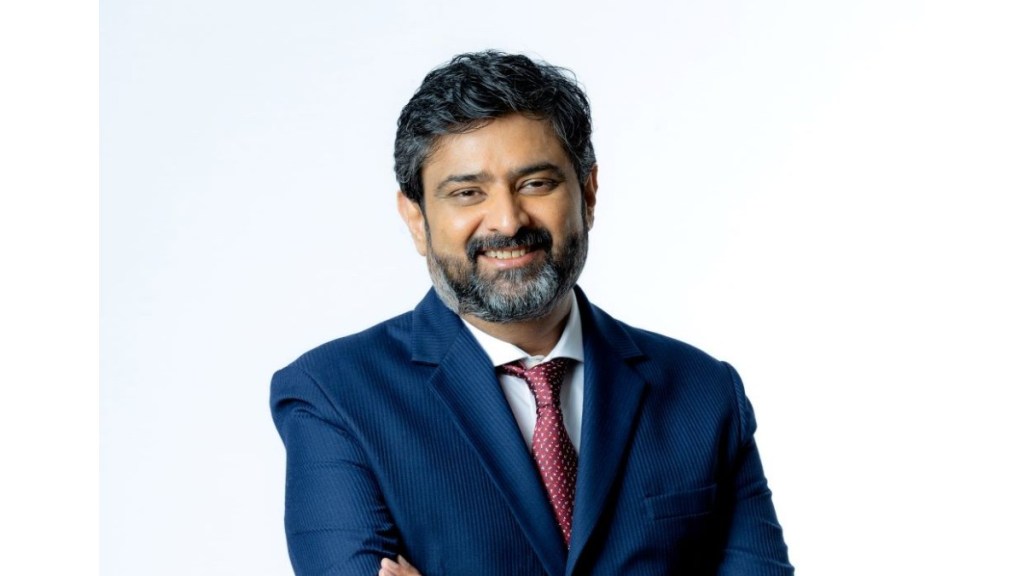State-run Central Bank of India has acquired a 26% stake in Future Generali India Insurance (FGII), becoming a promoter in the private general insurer. In an interview, FGII managing director and CEO Anup Rau tells Narayanan V that the tie-up offers a goldmine of general insurance opportunities for the PSB, while also helping the insurer to scale up its property line of business. Excerpts:
How will Central Bank of India coming in as a shareholder change things for FGII?
Unlike life insurance, bancassurance hasn’t been a major distribution channel for general insurance companies, contributing about 6% of the top line. That said, I see strong potential here. SME lending is one big opportunity. Second, rural markets are tough to penetrate due to high distribution costs. Central Bank gives us a real opportunity here. It has 80 million customers and 4,800 touchpoints. On the other hand, the bank sees general insurance as a goldmine and an under-served space. I expect our share of business from bancassurance to rise from 6% to around 10% with this partnership.
Motor insurance accounted for a third of your gross direct premium of ₹5,408 crore. Is the slowdown in new vehicle sales affecting you?
Motor insurance demand is dependent on new vehicle sales. However, 80% of the insurance is renewal and only 20% is driven by new vehicles. The idea is to see whether we can penetrate more in under-served segments. The regulator has also been asking insurers to tap under-insured or uninsured vehicles, rather than fighting over the same set of customers. Today, a third of our retail business comes from the agency channel and 60–70% of the channel is motor. Almost all of it is renewal. In terms of premium, it may be muted, but coverage-wise, it is a different story, which is probably the right way to look at it.
Lack of price revision in motor third party insurance rates is a prime reason behind the muted premium growth.
You had called for deregulation in motor third party rates.
I believe certain segments clearly warrant a change. High-tonnage vehicles have loss ratios of 150–200%, while others — school buses and three-wheelers in specific urban markets — have loss ratios in the 40–50% range. These segments need rate corrections at both ends. Prescribed pricing is tricky. It’s better to deregulate and allow genuine price discovery in the market. With regulated pricing, insurers tend to avoid loss-making segments because the mandated rates aren’t viable. On the other hand, in low-loss segments like school buses, competition becomes so intense that sourcing costs significantly go up. Ultimately, the customer doesn’t benefit.
Health insurance premium is also not growing.
There are a couple of structural issues. One is that the industry’s loss ratio is close to 100%, especially in group health. If you add direct costs, commissions and allocated costs, it’s well over the top now. To manage these loss ratios, companies will need to raise premiums. But, if premiums go up, the product becomes less attractive for customers.
There needs to be some sanity in how all stakeholders come together to ensure pricing is viable. By that, I mean there has to be more rationality in how hospitals charge. One of the things the regulator has been trying to do is standardise rates across certain categories of hospitals for the same procedures. That is something, probably, the new dispensation will also look at once it comes in. The other big issue is fraud. When there’s a lot of fraud, the honest customer ends up paying more because those costs get passed on.
Unless these issues are addressed, premiums will continue to rise and make health insurance less and less attractive. In fact, most of the growth is now coming from renewals — new business is almost flat. That’s a matter of grave concern.


